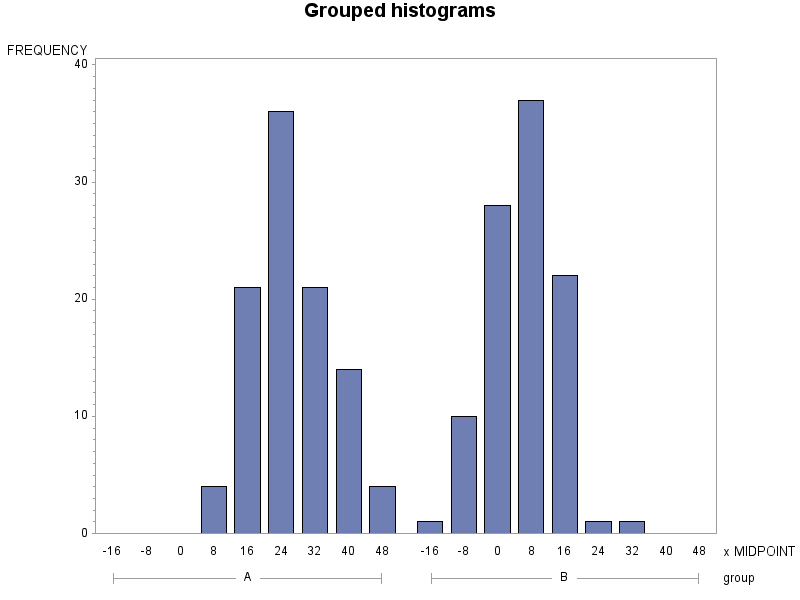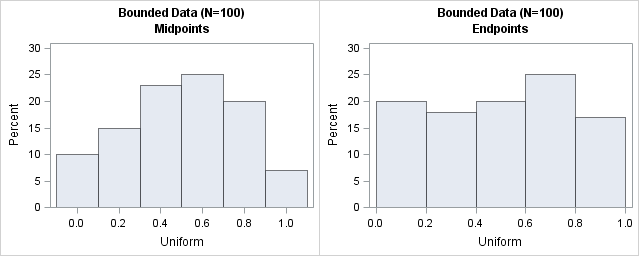
You can use this data set to add features to your traditional graphics. Specifies an input data set that contains annotate variables as described in SAS/GRAPH: Reference. ANNOTATE= SAS-data-set ANNO= SAS-data-set The default value of these options is the value of the ALPHA= option in the PROC statement. For example, you can specify CIBASIC(ALPHA=0.10) to request a table of basic confidence limits at the 90% level. Note that specialized ALPHA= options are available for a number of confidence interval options. The value must be between 0 and 1 the default value is 0.05, which results in 95% confidence intervals. Specifies the level of significance for confidence intervals. PROC UNIVARIATE also uses any values that you specify for ALPHA=, MU0=, NEXTRVAL=, CIBASIC, CIPCTLDF, CIPCTLNORMAL, TRIMMED=, or WINSORIZED= to produce the output. If the analysis variables are not weighted, this option also requests the statistics and tables generated by the CIPCTLDF, CIPCTLNORMAL, LOCCOUNT, NORMAL, ROBUSTSCALE, TRIMMED=.25, and WINSORIZED=.25 options. Requests all statistics and tables that the FREQ, MODES, NEXTRVAL=5, PLOT, and CIBASIC options generate. The following are the options that can be used with the PROC UNIVARIATE statement: Request that plots be produced on line printers and define special printing characters used for features Specify the divisor used to calculate variances and standard deviations Specify the definition used to calculate percentiles Specify rounding units for variable values Specify a graphics catalog for saving traditional graphics output


Specify the input data set to be analyzed In addition, you can use options in the PROC UNIVARIATE statement to do the following: Quantiles and related confidence intervals You can use the PROC UNIVARIATE statement by itself to request a variety of statistics for summarizing the data distribution of each analysis variable:īasic measures of location and variabilityĬonfidence intervals for the mean, standard deviation, and variance The PROC UNIVARIATE statement is required to invoke the UNIVARIATE procedure.


 0 kommentar(er)
0 kommentar(er)
